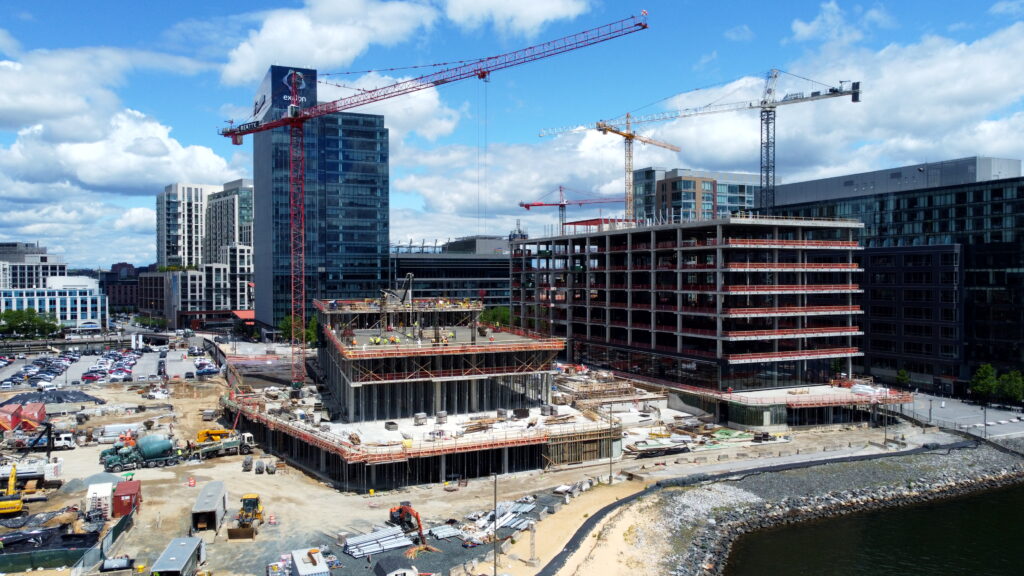
Welcome to a dive into a time honored tradition in our industry: Topping Out Ceremonies. This tradition has a deep history and various iterations, but the modern version involves commemorating a building’s completion by celebrating the placement of the final piece of the structure.
Join us as we celebrate the topping out of the new T. Rowe Price headquarters by taking a moment to reflect on the history of this time-honored ceremony itself. Read along as we explore the rich heritage and profound origins of these remarkable construction traditions.
- Ancient Origins: Topping out ceremonies have a history that spans thousands of years, finding their roots in ancient civilizations such as Egypt, Mesopotamia, and Scandinavia. These cultures valued the spiritual and supernatural connections between humans and the structures they built.
- The Iron Age Connection: In ancient Scandinavia, topping out ceremonies were known as “völva” and involved sacrificing animals to the gods for protection and good fortune. Talk about taking construction to a whole new level—animal sacrifices not included in modern ceremonies, thankfully!
- Masonic Traditions: Freemasonry, an ancient fraternity, incorporated topping out ceremonies as part of their rituals. These ceremonies emphasized the importance of skillful craftsmanship, teamwork, and the spiritual significance of completing a structure.
- Tree Tradition: Let’s leaf it to tradition! When it comes to topping out ceremonies, nothing says “framework complete” like a majestic tree gracing the building’s crown. It’s like Mother Nature herself is giving a nod of approval and saying, “Hey, job well done, everyone!” and celebrating construction mixing with nature in perfect harmony.
- Iron Workers’ Ritual: It’s time to raise the flag! During topping out events, ironworkers take center stage as they hoist the American flag and/or the company’s banner high above the steel framework. It’s a powerful moment, symbolizing not just the completion of the structure, but also the hard work, dedication, and patriotism of these fearless steel warriors. A time to salute these modern-day superheroes as they conquer heights and wave the flag of triumph!
- Medieval Europe: During the Middle Ages in Europe, topping out ceremonies were marked by placing a garland or wreath atop the completed structure. This symbolized the final stage of construction and brought blessings for the building and its occupants.
- Good Luck Coins: In some topping out ceremonies, it’s customary to place a coin, often a silver dollar, under the final beam for good luck. This tradition symbolizes prosperity and positive energy for the completed structure.
- Whiskey and Beer: In some cultures, topping out ceremonies involve a toast with whiskey or beer to celebrate the successful completion of the building. It’s a moment to raise a glass and honor the hard work of the construction team.
- Beam Signing: In modern ceremonies, it’s customary for construction workers, project stakeholders, and sometimes even local community members to sign the final beam or element before it’s lifted into place. This act adds a personal touch and commemorates the individuals involved in the project.
- Safety Rituals: Before the final beam is hoisted into place, some of these ceremonies include safety rituals, where construction workers and attendees collectively affirm their commitment to maintaining a safe and secure work environment.
The history and symbolic significance of a building’s “topping out” ceremony are deeply rooted in human achievement, craftsmanship, and collaboration. From ancient traditions to modern-day celebrations, these ceremonies connect us to our architectural heritage and mark significant milestones in the construction process.
As the T. Rowe Price headquarters nears completion, we’re filled with immense pride and excitement. Robey Inc. is honored to contribute to this iconic project alongside Armada Hoffler, one of the industry’s leading general contractors.
We invite you to JOIN US LIVE! on Instagram July 14th as we celebrate this milestone and witness the transformation of the Baltimore skyline and embrace the future that the T. Rowe Price headquarters represents.



